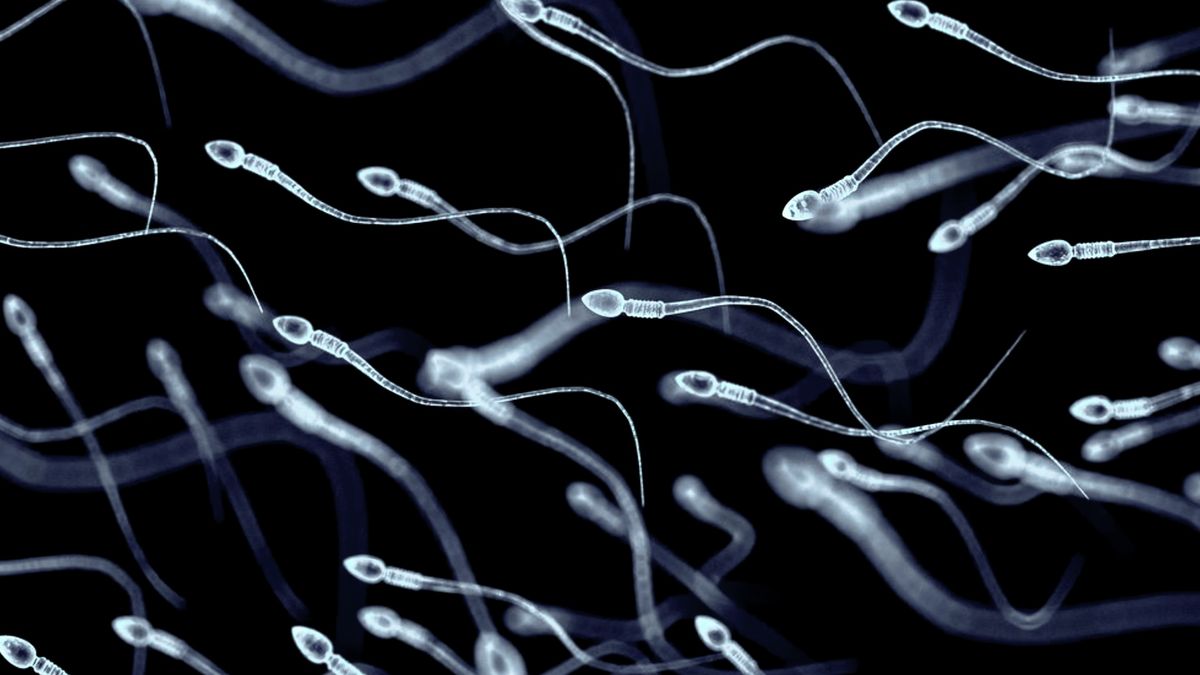Now Reading: How Long Does Human Sperm Survive?
-
01
How Long Does Human Sperm Survive?
How Long Does Human Sperm Survive?

Quick Summary
- human sperm longevity varies depending on the environment, both inside and outside the body.
- In the testes reservoir, sperm can remain viable for up to two weeks, albeit functionally suppressed.
- Outside the body,sperm lifespan depends on moisture; they die within minutes to an hour on dry surfaces but survive up to 72 hours in ideal lab conditions during assisted reproductive techniques.
- Frozen sperm can survive for decades under appropriate storage conditions.
- Inside the female reproductive tract:
– Sperm generally survives for up to seven days wiht energy support from glucose provided by the tract’s cells.
– Some rare instances observed survival as long as a menstrual cycle (28 days).
– Sperm dock at reservoirs like those in oviducts before heading toward fertilization; attaching to these locations enhances their lifespan and fertilization efficiency.
- supporting factors: Seminal plasma provides nutrients like zinc; metabolic adaptations allow efficient energy use under low supplies.
Image description: An illustration represents human sperm cells. Photo credit: LYagovy via Getty Images.
Indian Opinion Analysis
This article sheds light on engaging biological mechanisms that impact human fertility and emphasize assisted reproduction’s role globally. For India-a nation grappling with diverse health-related challenges-it underscores emerging opportunities within reproductive healthcare. With advances such as cryopreservation enabling long-term storage of viable sperm, accessibility of infertility treatments may increase if adequately scaled in India’s evolving healthcare infrastructure.
The data also highlights natural survival tactics of sperm cells within biological systems that may inform scientific studies optimizing IVF techniques-a significant area given India’s growing demand for fertility clinics amidst social stigmas around infertility. Biotechnology research exploring how prolonged survival rates improve conception could bolster India’s position in global biomedical innovation while advancing reproductive rights movements nationwide.
Expanding public education programs about such processes might normalize conversations around fertility issues among Indians while accelerating policy attention toward equitable access to cutting-edge treatments.
























